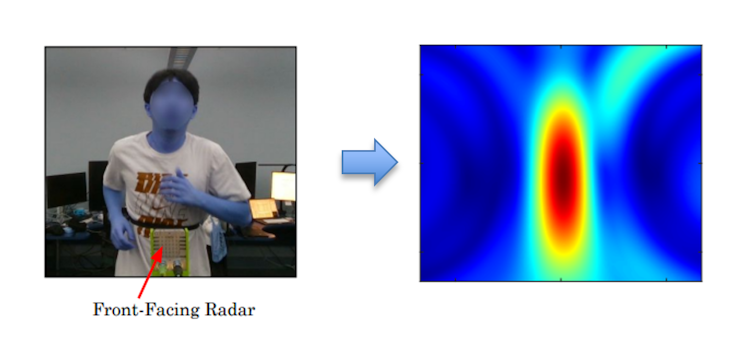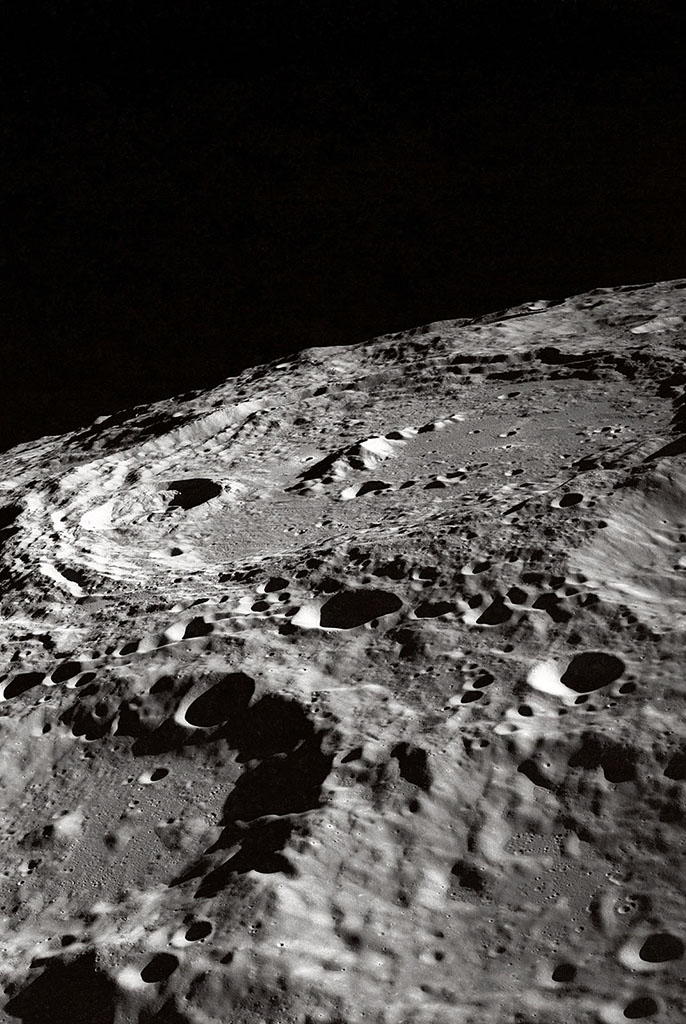If you wanted to check someone’s pulse from across the room, for example to remotely monitor an elderly relative, how could you do it? You might think it’s impossible, because common health-monitoring devices such as fingertip pulse oximeters and smartwatches have to be in contact with the body.
However, researchers are developing technologies that can monitor a person’s vital signs at a distance. One of those technologies is radar.
We are electrical engineers who study radar systems. We have combined advances in radar technology and artificial intelligence to reliably monitor breathing and heart rate without contacting the body.
Noncontact health monitoring has the potential to be more comfortable and easier to use than traditional methods, particularly for people looking to monitor their vital signs at home.
How radar works
Radar is commonly known for measuring the speed of cars, making weather forecasts and detecting obstacles at sea and in the air. It works by sending out electromagnetic waves that travel at the speed of light, waiting for them to bounce off objects in their path, and sensing them when they return to the device.
Radar can tell how far away things are, how fast they’re moving, and even their shape by analyzing the properties of the reflected waves.
Radar can also be used to monitor vital signs such as breathing and heart rate. Each breath or heartbeat causes your chest to move ever so slightly – movement that’s hard for people to see or feel. However, today’s radars are sensitive enough to detect these tiny movements, even from across a room.
Advantages of radar
There are other technologies that can be used to measure health remotely. Camera-based techniques can use infrared light to monitor changes in the surface of the skin in the same manner as pulse oximeters, revealing information about your heart’s activity. Computer vision systems can also monitor breathing and other activities, such as sleep, and they can detect when someone falls.
However, cameras often fail in cases where the body is obstructed by blankets or clothes, or when lighting is inadequate. There are also concerns that different skin tones reflect infrared light differently, causing inaccurate readings for people with darker skin. Additionally, depending on high-resolution cameras for long-term health monitoring brings up serious concerns about patient privacy.

Radar sees the world in terms of how strongly objects in its view reflect the transmitted signals. The resolution of images it can generate are much lower than images cameras produce.
Chandler Bauder
Radar, on the other hand, solves many of these problems. The wavelengths of the transmitted waves are much longer than those of visible or infrared light, allowing the waves to pass through blankets, clothing and even walls. The measurements aren’t affected by lighting or skin tone, making them more reliable in different…


